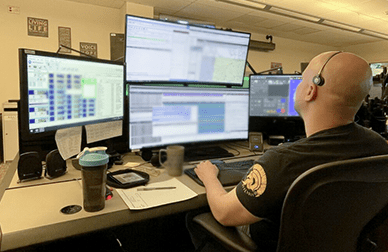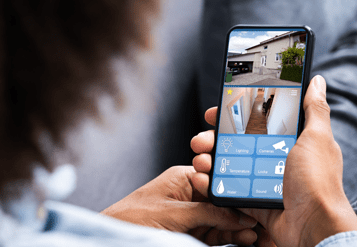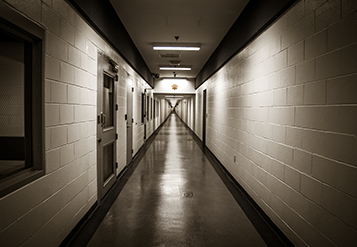Fleet Maintenance
Law enforcement vehicles are used in a much more demanding way than the average car. A patrol vehicle normally runs every day for a minimum of 10 hours and drives hundreds of miles, in all kinds of weather. The vehicle may idle for an hour to power the warning lights at an accident scene and then quickly respond to a call where the deputy may be required to use heavy acceleration, cornering and braking. This type of operation is very stressful on a vehicle and requires special electrical, braking, transmission and engine systems.
When deciding which vehicle to buy, we focus on lifecycle cost and vehicle functionality. Lifecycle cost is the overall cost to operate the vehicle and includes purchase price, fuel economy, resale value and maintenance cost. Function is how well the vehicle performs and takes into account vehicle downtime, handling in extreme weather conditions, ease of operation, visibility and other safety factors.
Four-wheel drive and/or All Wheel Drive SUVs are generally more effective in Douglas County because it is primarily rural and mountainous. Deputies respond to life safety calls regardless of terrain, obstacles and the weather.
Law enforcement vehicles must have adequate space to carry extra emergency, technical and procedural equipment, supplemental vehicle mounted weapons, and emergency management supplies (commander’s vehicles) because additional help will probably not arrive quickly when time is of the essence.




